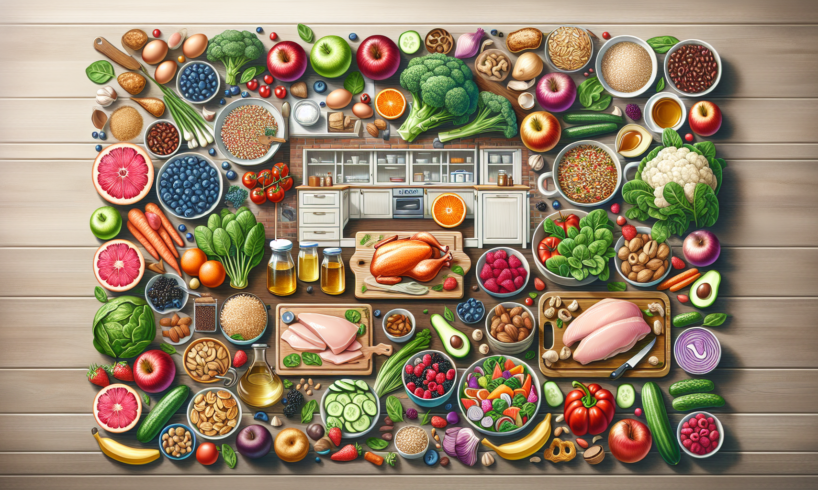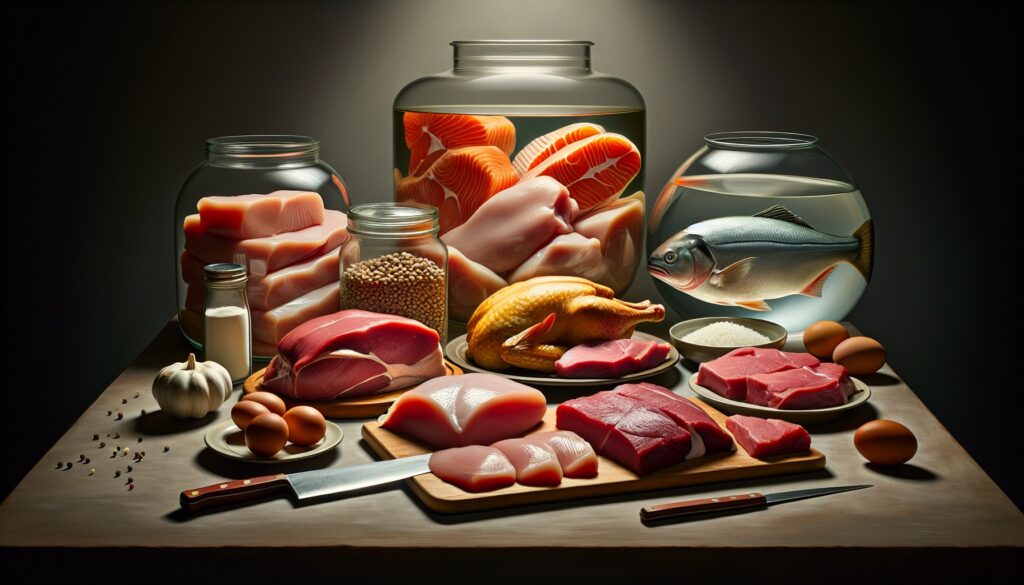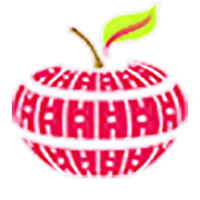
The Ultimate Guide to Foods Allowed on the HCG Diet
The HCG (Human Chorionic Gonadotropin Free) diet has gained popularity for its potential to promote weight loss by focusing on specific food choices. Understanding which foods are allowed on the HCG diet is crucial for success in following this eating plan. By adhering to the approved food list, individuals can optimize their weight loss journey and achieve their desired health goals.
The HCG diet is based on the principles of the original HCG diet, which involved taking the hormone human chorionic gonadotropin (HCG) either through injections or drops. However, the HCG diet eliminates the use of HCG and instead relies on a strict food protocol to facilitate weight loss. By focusing on consuming specific foods and avoiding others, individuals can potentially reset their metabolism and burn fat more effectively.

When following the HCG diet, it is important to understand which foods are permitted and which should be avoided. The diet emphasizes whole, nutrient-dense foods while restricting processed and high-calorie items. By adhering to these guidelines, individuals can create a balanced and sustainable eating plan that supports their weight loss efforts.
One key component of the HCG diet is the emphasis on lean proteins. Foods such as skinless chicken breast, turkey, lean cuts of beef, and white fish are encouraged as they provide essential nutrients while being low in calories. These proteins can help individuals feel satiated and prevent muscle loss during weight loss.
In addition to lean proteins, the HCG diet promotes the consumption of fresh fruits and vegetables. These foods are rich in vitamins, minerals, and antioxidants that support overall health and well-being. Fruits like apples, berries, and citrus fruits are often included in the diet due to their low sugar content and high fibre levels. Vegetables such as spinach, kale, cucumbers, and tomatoes are also staples of the HCGF diet as they provide essential nutrients with minimal calories.
Whole grains are another component of the HCG diet that can provide sustained energy while supporting weight loss. Quinoa, brown rice, oats, and whole wheat products are examples of whole grains that can be incorporated into meals while following this eating plan. These grains offer fibre and nutrients that promote digestive health and help individuals feel full and satisfied.
Healthy fats play a role in the HCG diet as well, with sources like avocados, nuts, seeds, and olive oil being encouraged in moderation. These fats provide essential fatty acids that support brain function and hormone production while adding flavour and satiety to meals. By incorporating healthy fats into their diet, individuals can maintain a balanced intake of macronutrients while following the HCGF protocol.
While many foods are allowed on the HCG diet, some should be avoided to maximize results. Processed foods, sugary treats, fried foods, and high-fat dairy products are typically restricted on this eating plan due to their high calorie and low nutrient content. By steering clear of these items and focusing on whole foods instead, individuals can optimize their weight loss efforts and improve their overall health.
In conclusion, understanding which foods are allowed on the HCG diet is essential for success in following this eating plan. By emphasizing lean proteins, fresh fruits and vegetables, whole grains, and healthy fats while avoiding processed foods and high-calorie items, individuals can create a balanced and sustainable approach to weight loss. By making mindful food choices and adhering to the guidelines of the HCG diet, individuals can achieve their desired health goals and improve their overall well-being.

